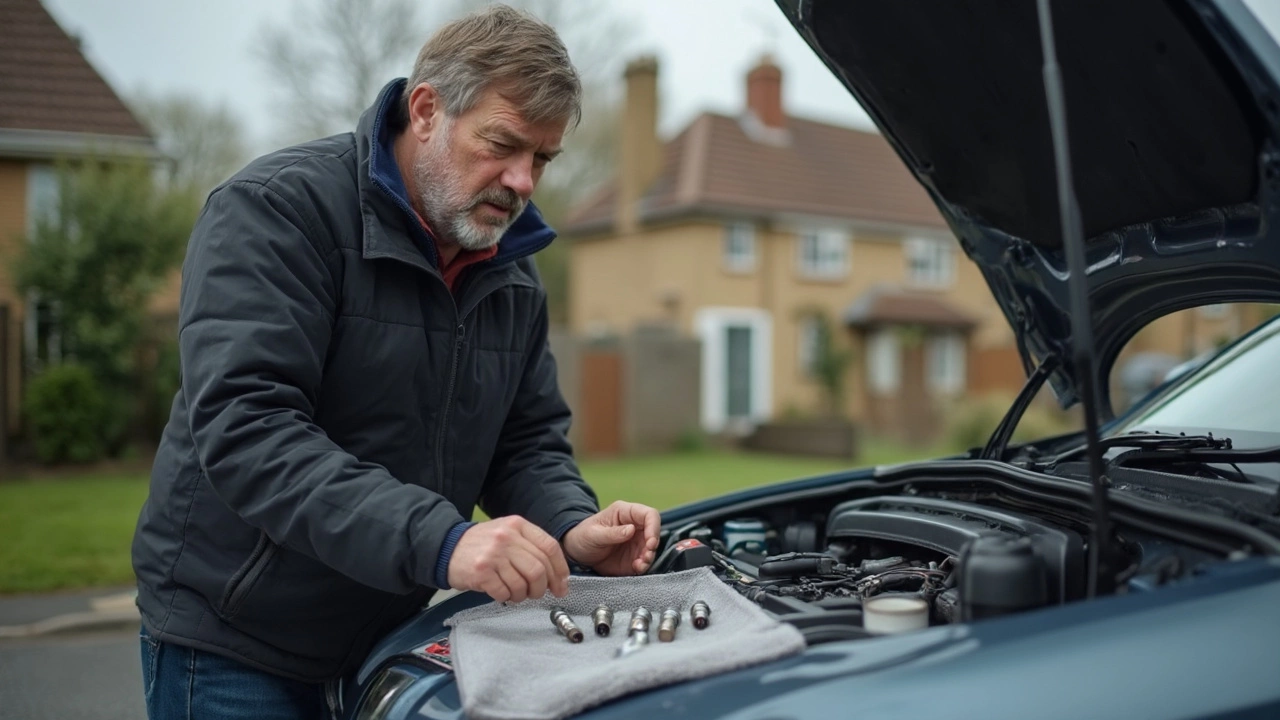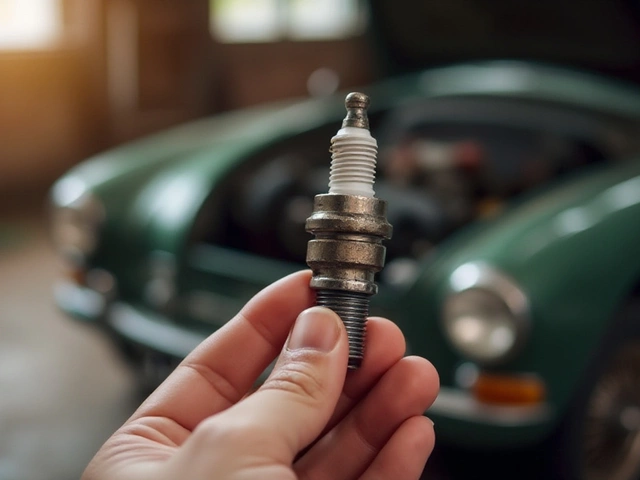Misfire Symptoms: What Your Car Is Trying to Tell You
If your engine hiccups, stalls, or feels rough, you’re probably dealing with a misfire. Misfires aren’t just annoying – they can damage the engine if you ignore them. The good news is most symptoms are easy to spot, and many fixes are simple DIY jobs.
Typical Signs of a Misfire
First, listen for a popping or back‑firing sound, especially when you accelerate. A shaky idle is another big clue; the engine may wobble as if it’s missing a beat. If you notice a sudden loss of power while climbing a hill or overtaking, that’s a red flag. Check the dashboard for a flashing ‘Check Engine’ light – it often pops up when the engine control unit detects a misfire.
Other hints include a strong sulfur smell, rough acceleration, or a noticeable drop in fuel economy. You might also feel the car vibrate more than usual, especially at low speeds. All these symptoms point to the same problem: one or more cylinders aren’t firing correctly.
Common Causes Behind Misfire Symptoms
Most misfires come from three culprits: spark plugs, fuel delivery, or air intake. Bad spark plugs are a classic cause – they wear out, get fouled, or crack, leading to weak sparks. When a plug can’t fire, the cylinder misfires. Our post “How to Know When Spark Plugs Need Replacement” walks you through the signs of worn plugs.
Fuel injectors can also clog or fail, starving the cylinder of fuel. The article “What Are the Signs of a Clogged Fuel Injector?” explains how to spot these issues and what to do about them. Finally, a dirty or restricted air filter can choke the engine, making the mixture too lean. Even a cheap air filter can cause trouble if it’s clogged.
If you’ve checked plugs and fuel, look at the ignition coils, spark plug wires, and the engine’s compression. A failing coil can’t deliver enough voltage, and cracked wires lose spark. Compression problems usually need a professional, but you can do a quick test with a compression gauge if you have one.
To diagnose fast, start with the easiest fixes: remove the spark plugs and inspect them. If they look black, oily, or have worn electrodes, replace them. Next, run a fuel injector cleaning spray or have a technician clean the injectors. Finally, change the air filter if it’s dirty – a fresh filter can improve airflow and smooth out the idle.
Remember, catching a misfire early saves money. Ignoring it can lead to higher fuel consumption, catalytic converter damage, and costly engine repairs. If the “Check Engine” light stays on after you’ve tried these steps, it’s time to get a professional scan. The error codes will point you to the exact cylinder or system that’s malfunctioning.
In short, watch for rough idle, loss of power, popping sounds, and the warning light. Check spark plugs, fuel injectors, and air filters first – they’re the usual suspects. With a bit of patience, you can often fix a misfire yourself and keep the car running smoothly.
 15 May 2025
15 May 2025
Ignition Coil or Spark Plug Bad? How to Spot the Culprit Fast
Ever wondered if your car troubles come from a bad ignition coil or a dud spark plug? This article digs into the key signs for each problem, offers real-world tests, and tells you which issues demand immediate attention. You'll learn what to listen and look for, how to try basic checks at home, and when it's worth replacing these parts. No fluff, just the info you need for quick, confident troubleshooting. Avoid extra mechanic bills and keep your ride running smooth.
Latest Posts
-

Does Oil Choice Really Impact Your Car's Performance?
-

How to Identify and Fix Faulty Spark Plugs in Your Vehicle
-

Will My AC Work Better If I Change the Filter? The Real Impact of Air Filters
-

What Helps a Bad Fuel Pump? Fixes, Temporary Solutions, and When to Replace It
-

Choosing the Best Windshield Wipers for Your Car

0